Neodymium magnets can be called NdFeB magnets, which is the general name of a strong magnet. The chemical formula is Nd2Fe14B and it is one of the artificial permanent magnet materials, which owns the strongest magnetic force so far. The material grades of NdFeB magnets are N35-N52, which can be processed into different shapes based on specific requirements, such as round, square, punched, magnetic tile, magnetic rod, convex or trapezoidal, etc. Therefore, how to distinguish bonded NdFeB and sintered NdFeB?
In fact, both of the two magnets are NdFeB. The two types of magnets are distinguished based on the differences in their production processes. Bonded NdFeB is formed by injection molding, while sintered NdFeB magnet is formed by high-temperature heating.
1. Production process of bonded NdFeB magnets
Bonded NdFeB magnets are formed by injection molding. The density is lower than that of sintered NdFeB because it contains a resin matrix, and the density varies according to the content of the resin matrix. However, the sintered NdFeB magnet is heated at high temperature through a complicated process and it does not contain non-magnetic resin components. Therefore, the performance of sintered NdFeB is higher than bonded NdFeB.
2. Production process of sintered NdFeB magnets
Sintered NdFeB strong magnet is anisotropic magnets produced by powder sintering method. In general, it can only produce blanks through sintering and various shapes of magnets needed to go through mechanical processing (such as wire cutting, slicing, grinding, etc. Sintered NdFeB is a hard and brittle material that is difficult to process, so there is a large loss during processing. Besides, it has a high cost with poor dimensional accuracy and poor corrosion resistance. And the surface needs to be electroplated. However, the advantage is that it has high performance and it has achieved more than 50M at present.
To conclude, the magnetism of bonded NdFeB magnet is relatively low, and the isotropic bonded magnets are usually below 10M while anisotropic bonded magnets reach up to around 16M. However, injection molding NdFeB magnet also has its irreplaceable advantages. For example, the effective utilization rate is relatively higher; the performance can be adjusted based on the needs of different products; the resistivity of the injection molding magnet is high so that it can be used to effectively reduce eddy current loss and motor heating when it is used in the field of the high-speed rotor; sintering process is not suitable for forming products with complex shapes and structures while injection molding can easily solve this problem.

Other Functional Composite Materials In addition to bonded magnetic compounds, we can also cooperate with customers to develop customized functional composite materials, such as high-density compounds and metal bonded plastic. We are committed to providing customers with new user experience and different design inspiration.
 CN
CN

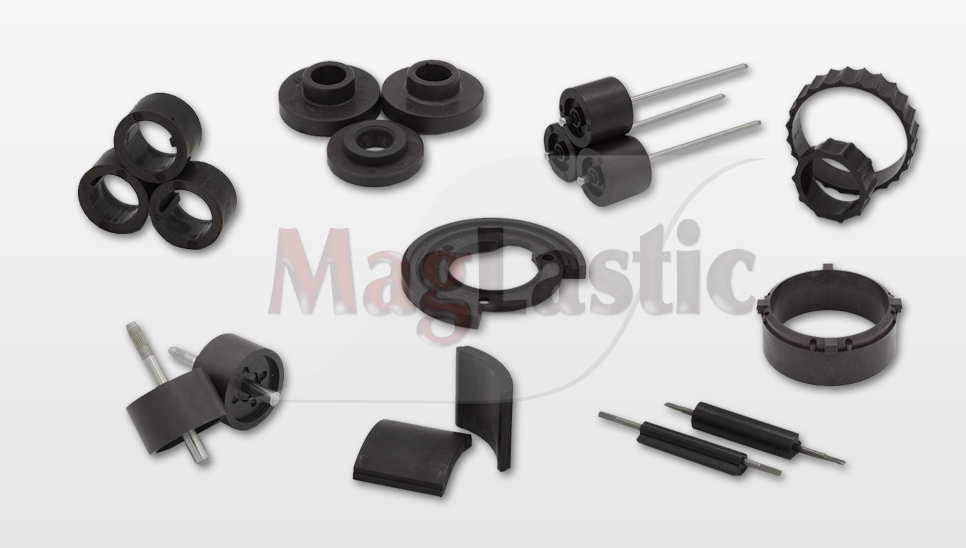
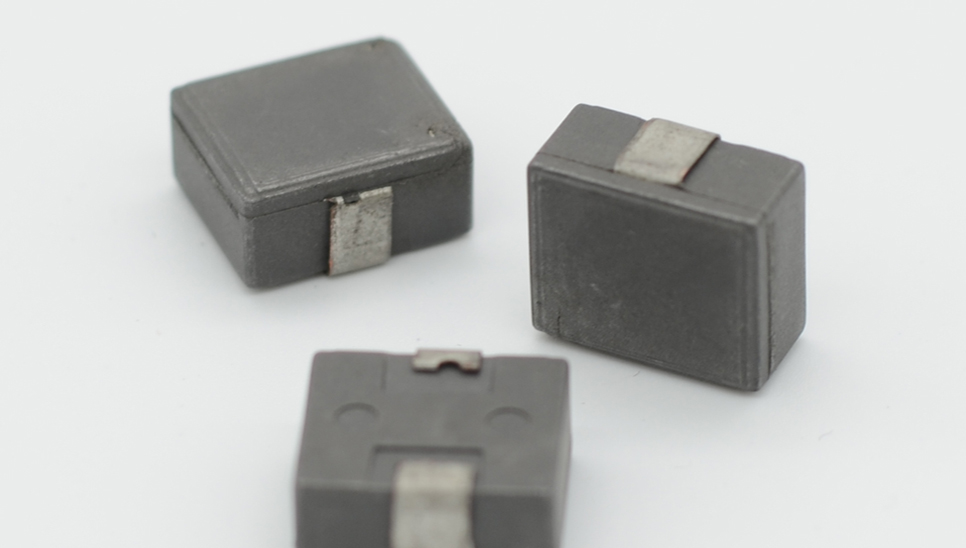
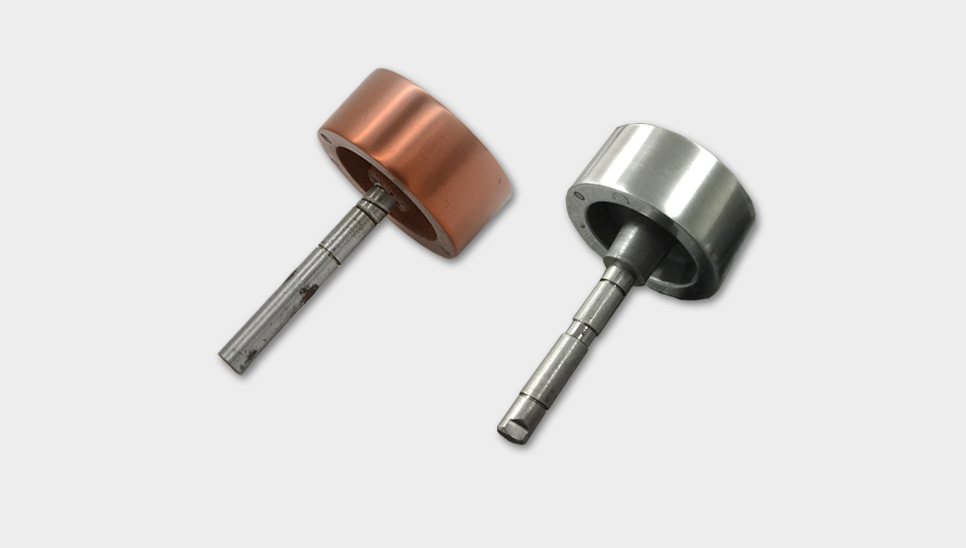
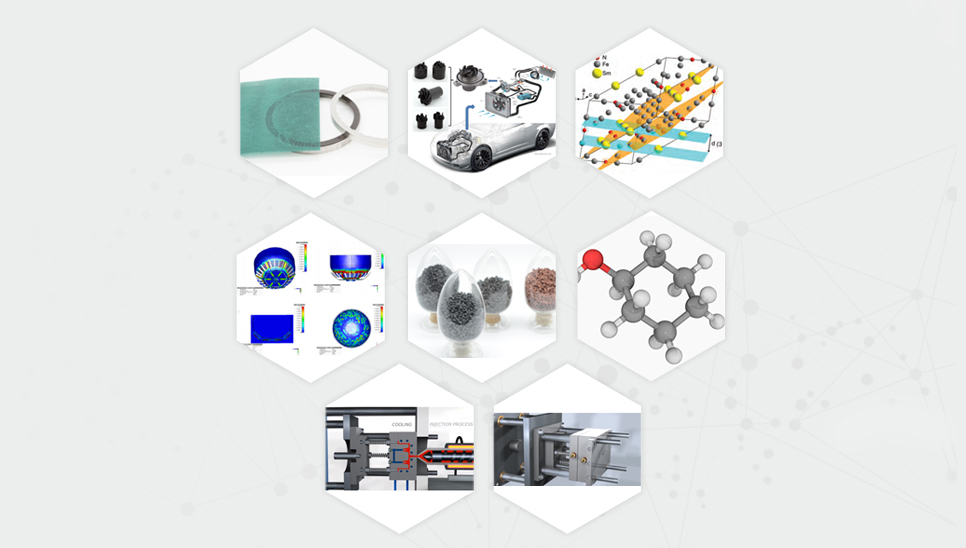

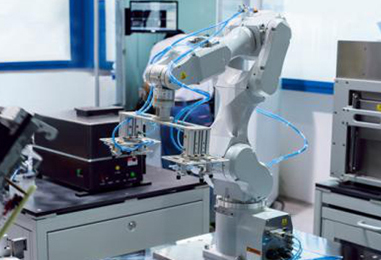
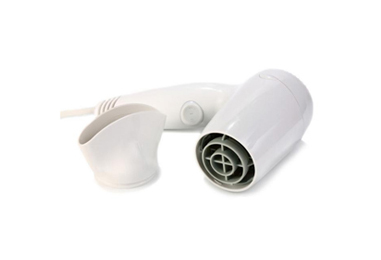
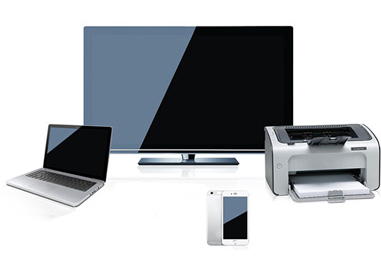
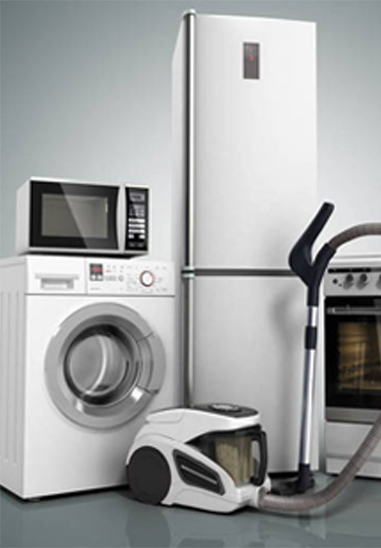

 Call us on:
Call us on:  Email Us:
Email Us:  1F, Building 3, NO.77 Gaoxin 13 road, Xiaoshan district, Hangzhou
1F, Building 3, NO.77 Gaoxin 13 road, Xiaoshan district, Hangzhou